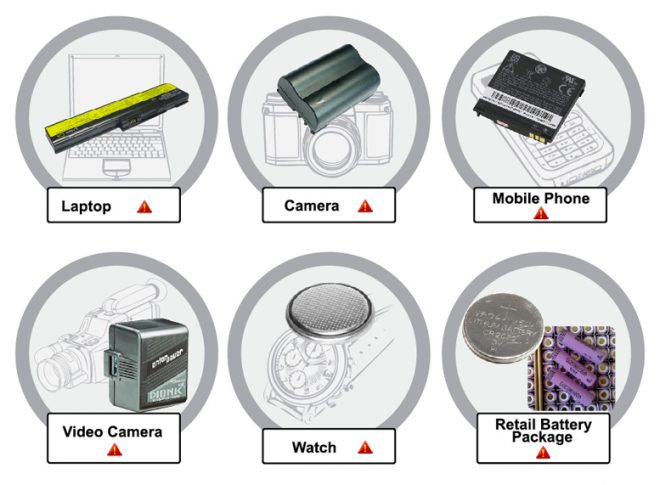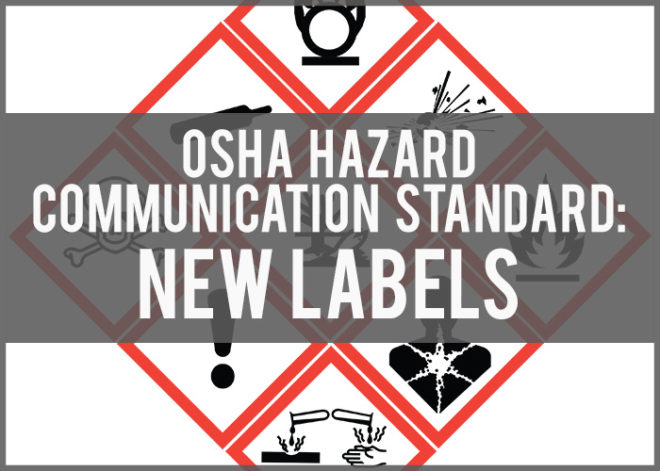The U.S. Department of Transportation (DOT) issued new 2018 standards to strengthen the safety conditions for the shipment of lithium cells and batteries.
Read More »DOT Rules for Lithium Battery Transportation


The U.S. Department of Transportation (DOT) issued new 2018 standards to strengthen the safety conditions for the shipment of lithium cells and batteries.
Read More »
The OSHA HAZWOPER Standard (29 CFR Part 1910.120) – requires that all workers that are exposed to or handle hazardous materials:
Read More »
Hazardous substances are used in many workplaces and take many different forms. Solids, liquids, gases,
Read More »
N95 Day observance is dedicated to highlighting the N95 filtering facepiece respirator information. It is also used to disseminate important information about powered air-purifying respirators (PAPRs), half mask, and full facepiece respirators (elastomerics).
Read More »
Know Your Rights! Every worker has the right to a safe workplace under the OSH Act. Under federal law, you are entitled to a safe workplace. Your employer must provide a workplace free of known health and safety hazards.
Read More »
Young workers have high rates of job-related injury. These injuries are often the result of the many hazards present in the places they typically work, such as restaurants, warehouses or in construction.
Read More »
Under federal law, you are entitled to a safe workplace. Your employer must provide a workplace free of known health and safety hazards. If you have concerns, you have the right to speak up about them without fear of retaliation.
Read More »
HAZWOPER training is for for workers, managers and supervisors who participate in hazardous waste operations where they may be exposed to hazardous materials, waste, and/or substances and health hazards.
Read More »
The Hazard Communication Standard (HCS) provides a common and coherent approach to classifying chemicals and communicating hazard information on labels and safety data sheets.
Read More »